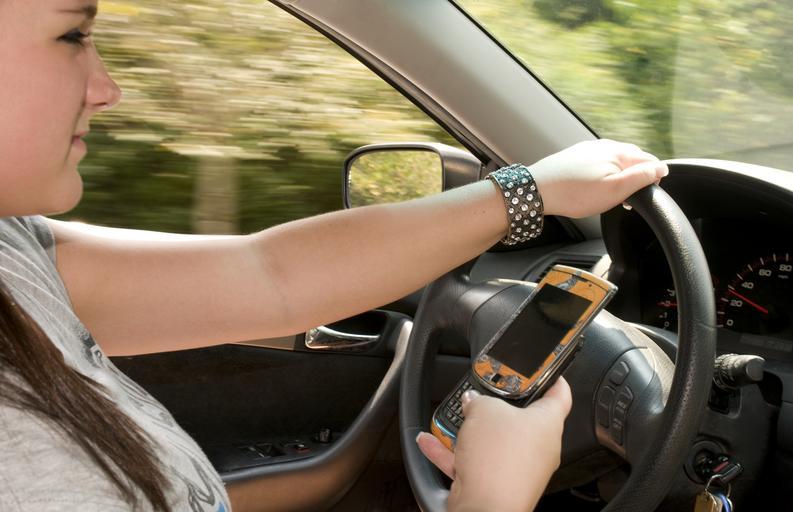
The importance of seatbelts in automobiles cannot be overemphasized. The fact that not wearing a seat belt while driving is against the law in almost all the countries of the world says a lot.
Therefore, wearing a seat belt, not texting while driving, and driving carefully are all examples of risk management strategies.
What is Risk Management?
Risk management can be defined as a process of identifying, assessing, and controlling potential risks in advance, analyzing them, and taking precautionary steps to reduce or curb the risk.
Risk management means knowing that this is a problem and avoiding that problem to prevent it from consuming you.
For example, risk management is like knowing that playing under the rain may get you sick, you then avoid playing under the rain to avoid getting sick, or driving through the water can get your electric steering wheel damaged, and avoid driving through water.
How Does Wearing a Seat Belt a Risk Management Strategy?
Wearing a seatbelt is a risk management strategy because it helps protect your face from hitting the steering wheel in a crash.
Except if you want to risk having a disfigured face, broken nose, teeth, and being pulled over by the police, driving without your seat belt on is very risky and should not be a habit.
Since a seatbelt is a device built into a car with the primary function of protecting the driver from harm, so when you wear it, you are trying to protect yourself should a crash or an accident occur.
When an accident occurs, the force at which the incident happens can make you hit your head on the steering wheel especially if you were hit from the back.
Imagine being hit from the back by a vehicle going on 160 kilometers per hour and you’re not wearing a seat belt. Even in a small crash, the seatbelt can go a long way in protecting you from the steering.
Importance of Wearing a Seatbelt While Driving
The importance of wearing a seat belt are:
- It Protects You: Wearing a seat belt will protect your face from hitting the steering wheel during sudden brakes.
It Holds You Snuggly: Especially during a crash if you are hit, the seat belt is responsible to keep you to avoid hitting your face on the steering wheel.
It Assists the Airbags: Using a seat belt assists the airbag to function in terms of impact. This is because, even though using a seat belt is a risk management strategy, it doesn’t guarantee all-around protection in a crash, this is where other safety devices such as the airbag comes into play.
Nevertheless, an airbag deployed in a crash can assist the seat belts to ensure your head and some other parts of your body are secured.
You are however required by law to always wear a seatbelt while driving. As long as your car is in motion, your seat belt must be in use. If you are however caught driving without the seat belt on, you will be pulled over and fined.
How Does Not Texting When Driving a Risk Management Strategy?
Not texting when driving is a risk management strategy because texting while driving can affect your driving ability. Texting when driving is a distraction and as a driver, you should avoid anything that can tamper with your driving skills and judgments.
The dangers of texting when driving range from breaking the law to having your insurance go up. You can end up damaging your car if you’re involved in a crash and may get sued.
How Does Driving Carefully a Risk Management Strategy?
Driving carefully is an example of risk management because you have reduced the chances of involving in a crash unlike when your attention is divided.
As a driver, no matter how long you’ve been driving, you need to drive carefully to avoid involving yourself and other road users in a crash.
The benefits of driving carefully range from reduced driving risks and accidents to saving on insurance costs. It’s better to drive out and drive back home safely than to come back in pieces. So please avoid doing fast and furious. Even if you have the skills to do fast and furious on the road, please do it carefully.
Conclusion
When you look at the option above, you will see that wearing a seat belt, not texting while driving, and driving carefully are all examples of risk management strategies, meaning that if you intentionally drive carelessly knowing how risky it is, you take whatever you see. But if on the other hand, you drive carefully with your seatbelt on, then you are minimizing the risk attached to driving.









